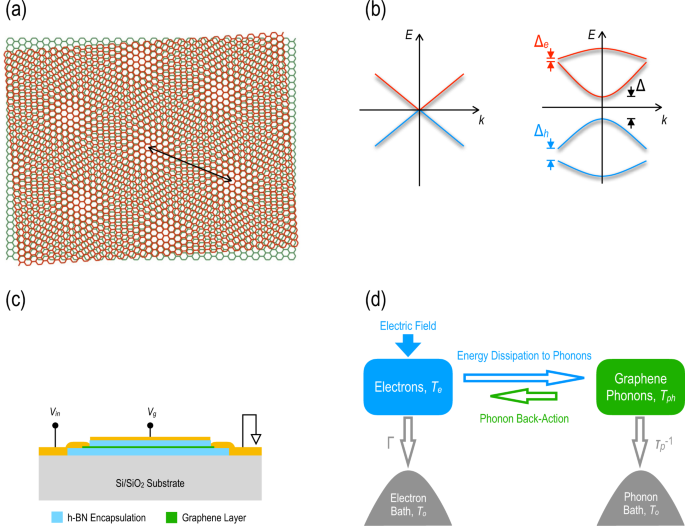この成果は、より強固な量子ビットの実現につながり、日常生活で量子的な重ね合わせが観察されない理由を説明するのに役立つと考えられる。 Their results could lead to more robust quantum bits and help to explain why quantum superpositions are not observed in everyday life.
2023-04-20 スイス連邦工科大学チューリッヒ校(ETHZurich)
 In the ETH Zurich experiment, the cat is represented by oscillations in a crystal (top and blow-up on the left), whereas the decaying atom is emulated by a superconducting circuit (bottom) coupled to the crystal.
In the ETH Zurich experiment, the cat is represented by oscillations in a crystal (top and blow-up on the left), whereas the decaying atom is emulated by a superconducting circuit (bottom) coupled to the crystal.
彼らの結果は、より堅牢な量子ビットを導くことができ、なぜ量子超重合状態がマクロスケールで観測されないのかの謎に光を当てる可能性があります。また、重ね合わせ状態にある巨大な物体の外部ノイズに対する極端な感度は、重力波などの小さな擾乱の正確な測定や暗黒物質の検出に利用できる可能性があります。
<関連情報>
- https://ethz.ch/en/news-and-events/eth-news/news/2023/04/fat-quantum-cats.html
- https://www.science.org/doi/10.1126/science.adf7553
16マイクログラムの機械振動子のシュレーディンガー猫状態 Schrödinger cat states of a 16-microgram mechanical oscillator
Marius Bild,Matteo Fadel,Yu Yang,Uwe von Lüpke,Phillip Martin,Alessandro Bruno and Yiwen Chu
Science Published:20 Apr 2023
DOI:https://doi.org/10.1126/science.adf7553
Schrodinger’s cats, kittens, and lions
The idea of Schrodinger’s cat being both alive and dead at the same time—its fate revealed only upon inspection—came from a thought experiment that pointed out an absurdity in the interpretation of quantum mechanics at the time. However, because such superposition states have now been prepared in many different quantum systems, the question is where do the classical and quantum worlds part company? Bild et al. prepared, observed, and controlled cat states of a 16-microgram mechanical resonator. Being able to control the size of the superposition states, they effectively created a menagerie of quantum states, thus providing a platform to explore the boundary between the quantum and classical behavior. —ISO
Abstract
According to quantum mechanics, a physical system can be in any linear superposition of its possible states. Although the validity of this principle is routinely validated for microscopic systems, it is still unclear why we do not observe macroscopic objects to be in superpositions of states that can be distinguished by some classical property. Here we demonstrate the preparation of a mechanical resonator in Schrödinger cat states of motion, where the ∼1017 constituent atoms are in a superposition of two opposite-phase oscillations. We control the size and phase of the superpositions and investigate their decoherence dynamics. Our results offer the possibility of exploring the boundary between the quantum and classical worlds and may find applications in continuous-variable quantum information processing and metrology with mechanical resonators.



